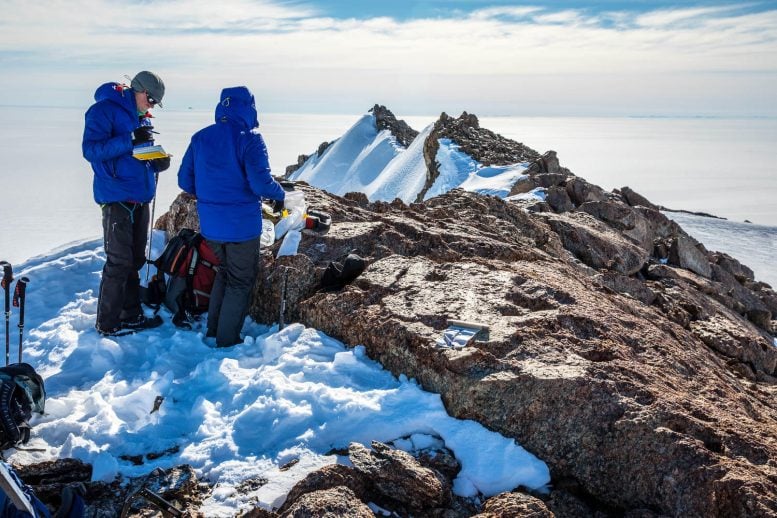
Collecting stones on Månesigden mountain, in Heimefrontfjella, Queen Maud Land. The polished surface of the stone shows that is has been covered by an ice layer. The researchers analyzed the stone for cosmogenic isotopes that can tell them how long it has been since the stone was covered by ice. Carl (Calle) Lundberg is taking notes while Ph.D. student Jenny Newall collects samples. Credit: Ola Fredin, NTNU
The potential consequences of climate change-induced melting of Antarctica’s major ice sheets would be catastrophic. However, at least one ice sheet in East Antarctica experienced melting as early as 5000 years ago.
Antarctic ice sheets contain sixty percent of the planet’s freshwater, amounting to an almost incomprehensible thirty million cubic kilometers of ice. To put this into perspective, if all of this Antarctic ice were to completely melt, it would lead to an average global sea level rise of 58 meters.
“The ice sheet in East Antarctica stores enormous amounts of water. This means that this is the biggest possible source of future sea level rise – up to 53 meters if all of the East Antarctic ice melts – and is seen as the largest source of uncertainties in the future sea level adaptation planning,” says Irina Rogozhina, an associate professor at the Department of Geography at the Norwegian University of Science and Technology (NTNU).
Most melting/ice loss in Antarctica happens through ocean-driven melting of ice shelves and ice calving. This, in turn, leads to an acceleration of ice streams on land and a greater discharge of ice into the ocean, where it gets lost to melting/calving, she said.
This was also likely the cause of larger ice loss during warmer periods of the past. In Greenland, these two processes contribute about 65% of all ice loss. But not all the ice needs to melt before it can have major consequences.
Researchers from NTNU were among a group of scientists who examined the ice in Queen Maud Land in East Antarctica. The results show that this ice sheet sector has varied a lot over time. This information is important as researchers try to learn more about the planet’s climate and how it is changing.
Rogozhina’s group studied the ice sheet in East Antarctica and a meltdown that took place a few thousand years ago. The results have been published in the journal Communications Earth & Environment.
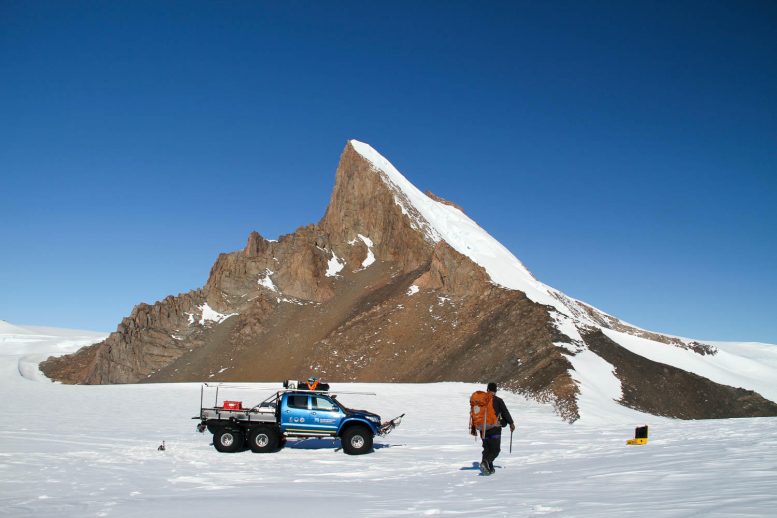
The American researcher Nat Lifton in front of Cottontop Mountain in Heimefrontfjella, East Antarctica. He’s looking for stones that can be collected and analyzed for cosmogenic isotopes. The six-wheeled pickup truck is used to transport researchers from the Antarctic research station where they’re staying to their different field sites. Credit: Carl Lundberg
The ice in the east lies on land
The ice sheet in Antarctica is not evenly distributed or uniform. In the west, large parts of the ice sheet lie under sea level, down to a depth of 2,500 meters. This makes it very vulnerable to ocean warming. In contrast, much of the ice sheet in the east sits directly on land, above sea level, meaning it is less sensitive to the ocean’s influence.
This ice sheet sector in East Antarctica was thinner in the past than it is now, and not particularly long ago either. In fact, it was thinner following the end of the last ice age, when massive ice sheets previously covered North America, northern Europe, and southern South America. When these ice sheets melted, they raised the sea level by more than 100 meters.
“From the evidence we presented in our study, we concluded that the East Antarctic ice sheet in Queen Maud Land also melted rapidly along its margins between 9,000 to 5,000 years ago, in a period we call the mid-Holocene. At this time, many parts of the world experienced warmer-than-present summers,” Rogozhina said.
“Although this kind of response by the East Antarctic ice sheet to the warmth during the Holocene is not completely unexpected, it is still difficult and worrisome to believe that the sluggish East Antarctic ice sheet can change so rapidly,” she said.
It’s difficult to find a simple, easy explanation for this behavior, or to determine the exact timing when the melting took place, not least because the conditions in this part of the world are rather inhospitable at times.
But the researchers found a way to unravel this mystery.
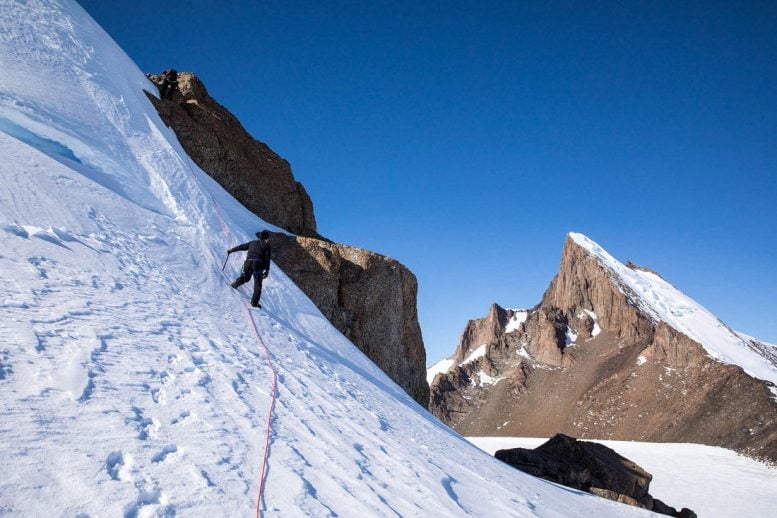
Researcher Nat Lifton (closest) and mountain guide Carl Lundberg (higher up) climb a small nunatak to look for suitable rock samples. Credit: Ola Fredin, NTNU
Cosmic radiation changes rocks
The research group examined rocks from various nunataks in Queen Maud Land for exposure to cosmic radiation.
“Nunataks are mountains that stick up through the ice. We have visited nunataks and taken samples,” says Ola Fredin, a professor at NTNU’s Department of Geosciences and Petroleum.
The researchers examine different isotopes, or variants, of elements such as chlorine, aluminum, beryllium, and neon in rocks from the nunataks. With the help of cosmogenic isotopes, they can figure out how high the ice was over geological time in Queen Maud Land. Fredin compares this to using a dipstick to measure the level of engine oil in your car.
In this way, the researchers can say something about how long the rocks have been exposed to cosmic radiation. They can then also say something about how long it has been since the rocks have been under a protective layer of ice and thus have not absorbed any cosmic radiation.
For this, they use data from different areas and run a variety of computer simulations.
Rising seas and warmer water broke up the ice
The researchers also believe that they are on track to find a reason why the ice sheet sector in East Antarctica thinned so much immediately after the end of the last ice age.
“We believe that the ice sheet became less stable due to higher, regional sea levels and warmer water rising from the ocean depths in the polar regions, penetrating under the ice margins and melting them from below. This leads to the breakup of large icebergs and accelerates the movement of ice from the land to the ocean, which in turn thins the inland section of the ice sheet. The process is similar to when a house on a hill slope loses its supporting foundation and starts sliding downhill,” Rogozhina said.
In short, the less stable, rapidly flowing parts of the ice sheet in East Antarctica, which are called ice shelves and float on the ocean, were broken up more easily, which in turn led to the ice sheet becoming much thinner within a relatively short time, geologically speaking, or a few hundred to thousands of years.
Thick ice is the most common along the coast
Cosmic radiation can also help researchers figure out how common it is for ice to cover an area. The researchers have also investigated this.
The results show that it is most common for the ice in Queen Maud Land to be thick along the coast. But not further into the continent, where mountain peaks protrude through the ice and the land can be several thousand meters high.
“We found that the land masses along the coast of Queen Maud Land have been covered by ice between 75 and 97 percent of the time during the last one million years,” Fredin said.
He was part of another study, which has also had its results published in the journal Communications Earth & Environment. This group examined rocks from several different areas in Queen Maud Land and found great variations.
“In contrast to areas along the coast, which have been ice-covered most of the time, we find that mountain summits further into the continent have been ice-covered as little as 20 percent of the time,” Fredin said.
The ice sheet thickness and movement speed, therefore, vary a great deal over longer periods, and the mountain range further into the continent seems to be an important division between the dynamic coast and the ice sheet further toward the South Pole, which varies much less in thickness.
References: “Regional sea-level highstand triggered Holocene ice sheet thinning across coastal Dronning Maud Land, East Antarctica” by Yusuke Suganuma, Heitaro Kaneda, Martim Mas e Braga, Takeshige Ishiwa, Takushi Koyama, Jennifer C. Newall, Jun’ichi Okuno, Takashi Obase, Fuyuki Saito, Irina Rogozhina, Jane Lund Andersen, Moto Kawamata, Motohiro Hirabayashi, Nathaniel A. Lifton, Ola Fredin, Jonathan M. Harbor, Arjen P. Stroeven and Ayako Abe-Ouchi, 9 November 2022, Communications Earth & Environment.
DOI: 10.1038/s43247-022-00599-z
“A topographic hinge-zone divides coastal and inland ice dynamic regimes in East Antarctica” by Jane L. Andersen, Jennifer C. Newall, Ola Fredin, Neil F. Glasser, Nathaniel A. Lifton, Finlay M. Stuart, Derek Fabel, Marc Caffee, Vivi K. Pedersen, Alexandria J. Koester, Yusuke Suganuma, Jonathan M. Harbor and Arjen P. Stroeven, 5 January 2023, Communications Earth & Environment.
DOI: 10.1038/s43247-022-00673-6
The study was funded by Stockholm University, the National Science Foundation, and the Norwegian Polar Institute.

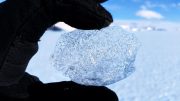


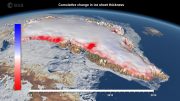
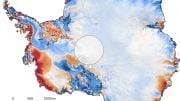
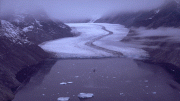
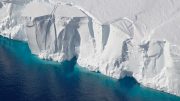
“However, at least one ice sheet in East Antarctica experienced melting as early as 5000 years ago.”
Then, can we expect to see statements such as “unprecedented melting” less frequently in the future?
“Most melting/ice loss in Antarctica happens through ocean-driven melting of ice shelves and ice calving.”
Which is more common in West Antarctica. If East Antarctica ice should retreat sufficiently that it is no longer in contact with the ocean, then we should expect this process to stop. In current vernacular, it would experience a ‘tipping point.’
It seems improbable that by the time sufficient ice melts to create the kind of problem that the Romans have dealt with in the Mediterranean, that we will still be using large quantities of fossil fuels.